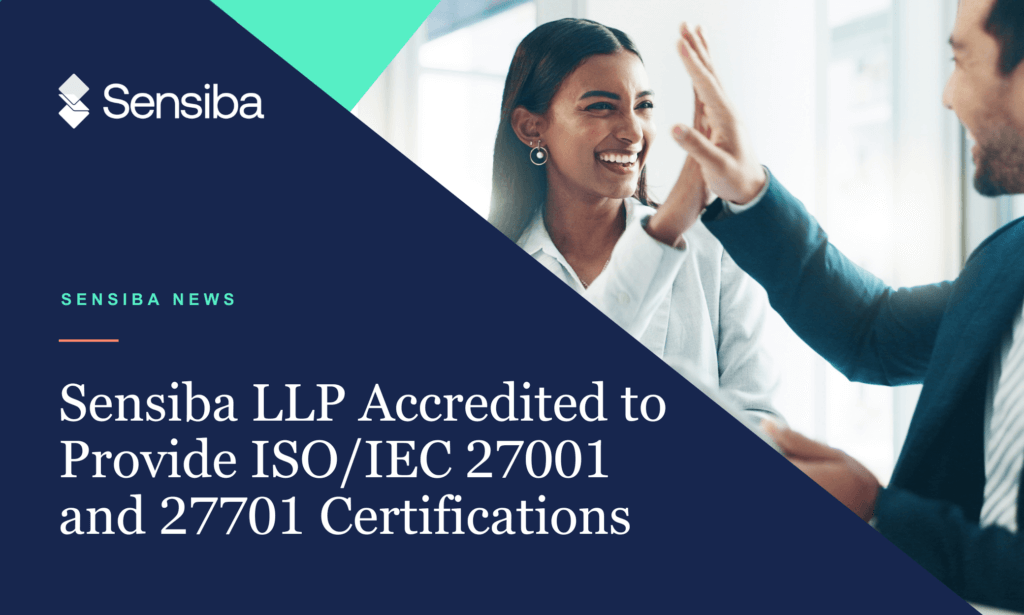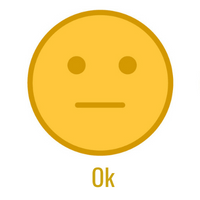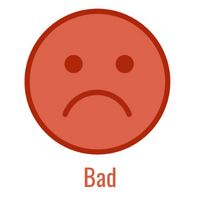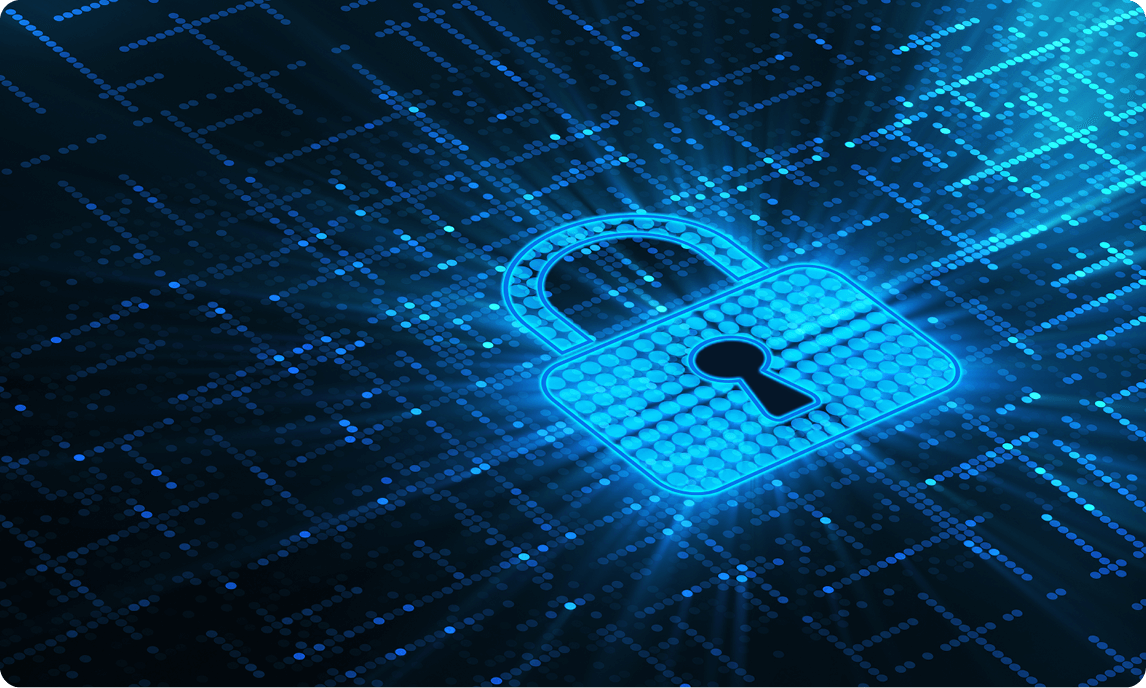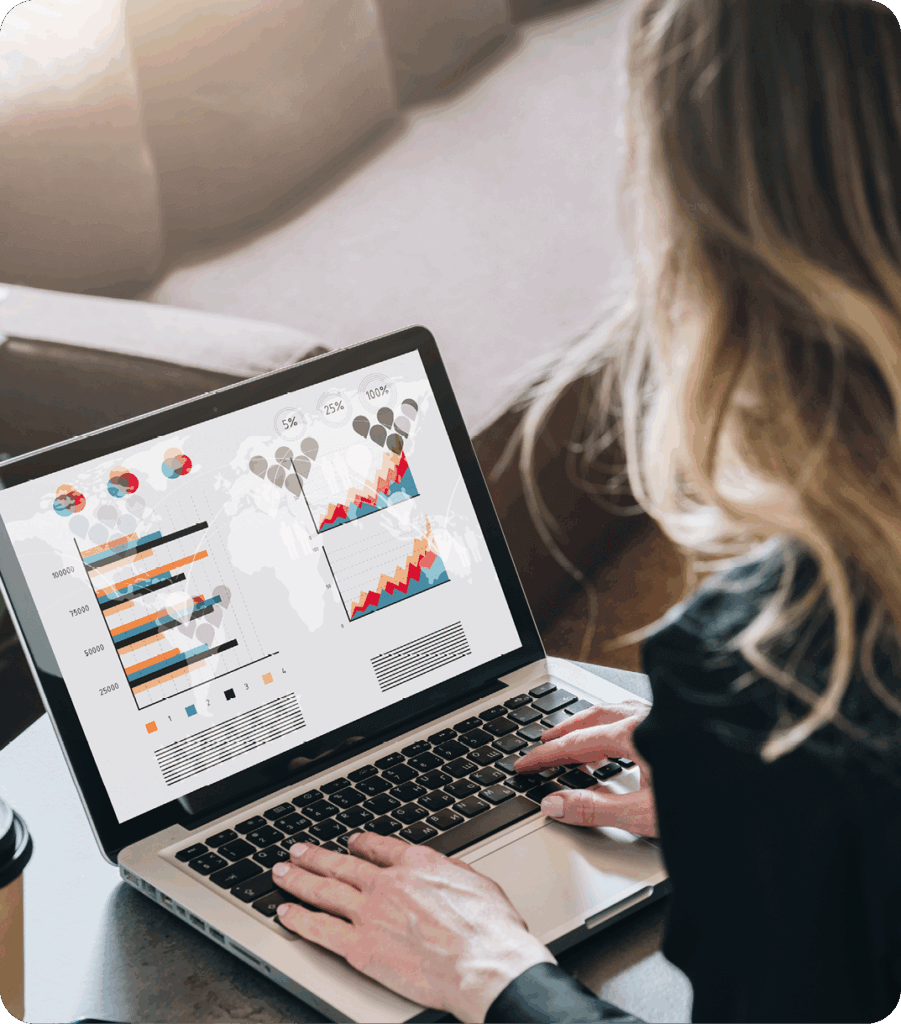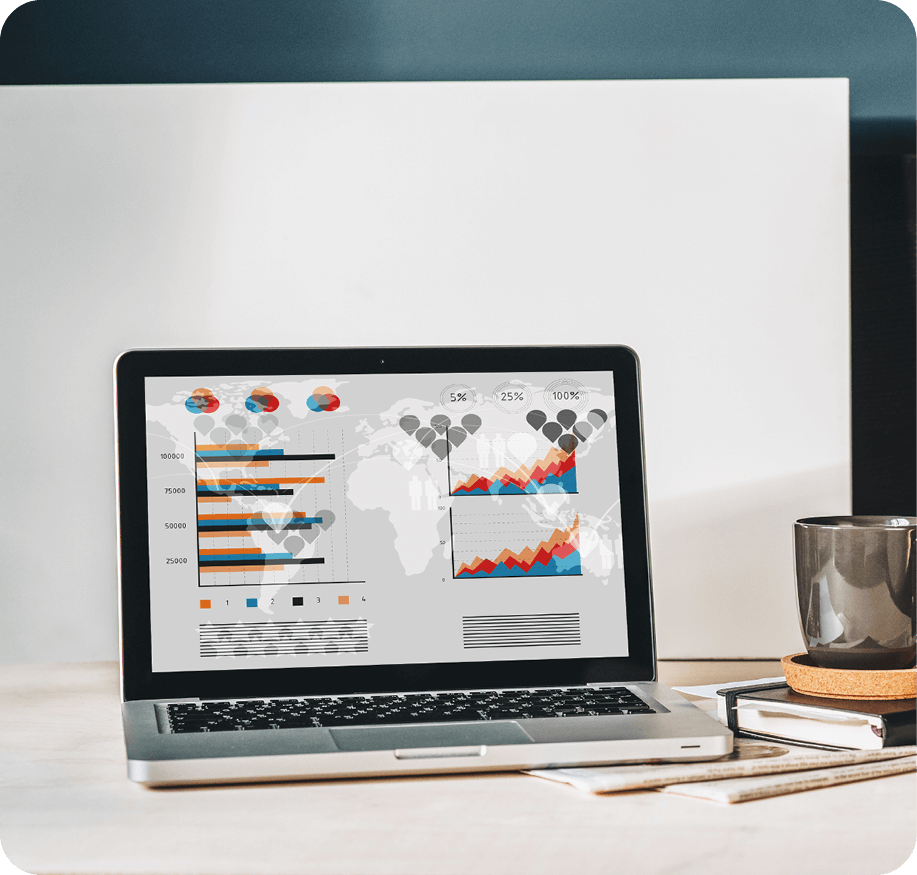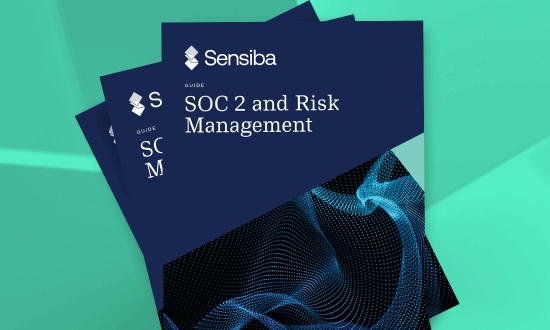With data security and privacy paramount concerns for businesses and consumers, organizations are increasingly seeking ways to demonstrate their commitment to safeguarding sensitive information. One powerful tool for demonstrating assurance is the SOC 3 (System and Organization Controls 3) report.
A SOC 3 report is an external audit report based on the AICPA’s Trust Service Criteria. It encompasses categories related to:
- Security
- Availability
- Processing integrity
- Confidentiality
- Privacy
Major service organizations spanning industries like cloud computing, SaaS, internet services, and telecommunications are making their SOC 3 reports available publicly. For example, AWS, Google Cloud, and Azure publish their reports to showcase how they prioritize security and privacy standards.
SOC 2 vs. SOC 3 Reports
While similar to SOC 2 reports, SOC 3 reports have a distinctive feature–they are designed for public distribution. This means the information within these reports is designed to be understood easily by a broad audience, making them a valuable asset for businesses seeking to build trust and transparency.
In layman’s terms, a SOC 3 report is the public-facing version of a SOC 2 Type report, and in fact, it is actually a summarized version of the SOC 2 Type 2. As such, it can only be issued in connection with the SOC 2 Type II report.
Benefits of a SOC 3 Audit
1. Public Assurance
SOC 3 reports serve as a seal of assurance that can be displayed prominently on a company’s website or within its marketing materials. This seal communicates to customers, prospects, partners, and the general public that the organization has undergone an independent audit and adheres to robust controls in key areas.
2. Broad Transparency
Unlike SOC 2 reports, which are often shared with specific parties under non-disclosure agreements, SOC 3 reports are intended for public consumption. A completed SOC 2 audit and a SOC 3 report demonstrate a proactive approach to security and privacy, potentially attracting clients who prioritize working with organizations committed to safeguarding their data.
3. Enhanced Customer Trust
A SOC 3 report is not just a compliance checkbox; it’s a testament to an organization’s dedication to protecting its customers’ data. This enhanced level of transparency fosters trust and confidence, crucial elements in building lasting customer relationships.
4. Risk Mitigation
By undergoing a SOC 2 audit and getting a SOC 3 report, a company can identify and address potential vulnerabilities in its systems, controls, and processes. This proactive approach to risk management can save an organization from future security incidents and associated reputational damage.
5. Global Recognition
As data protection regulations evolve globally, a completed SOC 2 audit and SOC 3 report can be advantageous for organizations operating in international markets. It showcases a commitment to aligning with industry best practices and compliance standards.
Elevating Your Security and Privacy Standards
Obtaining a SOC 2 audit and SOC 3 report is not just about meeting compliance requirements – it’s a strategic move toward building a reputation for excellence in security and privacy. SOC 3 goes beyond the checkboxes, instilling confidence in customers, prospects, and partners.
In a digital age where trust is currency, this step can be your organization’s key to unlocking new opportunities and fortifying its standing in the marketplace. To learn more about the potential benefits of a SOC 2 audit and a SOC 3 report, contact us.




